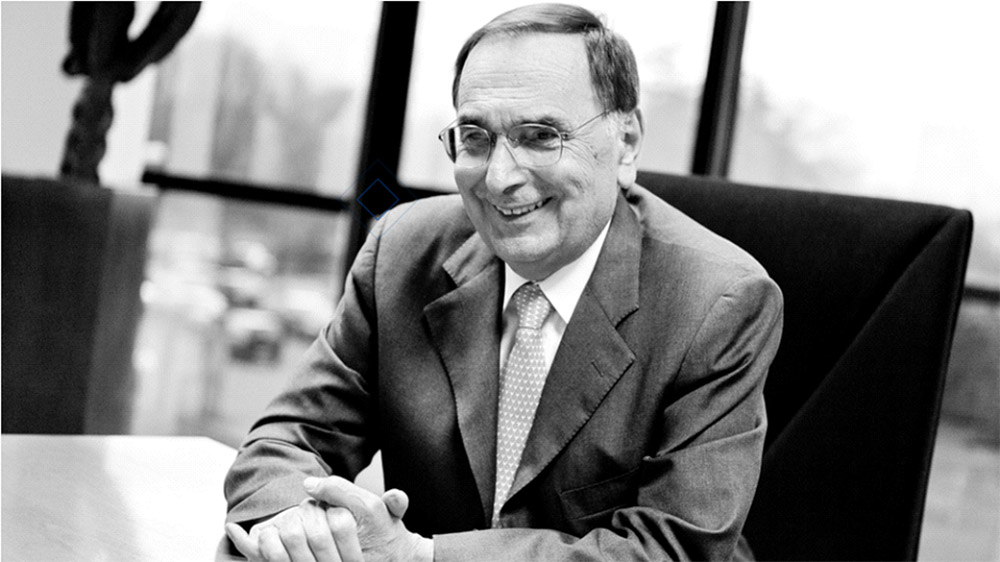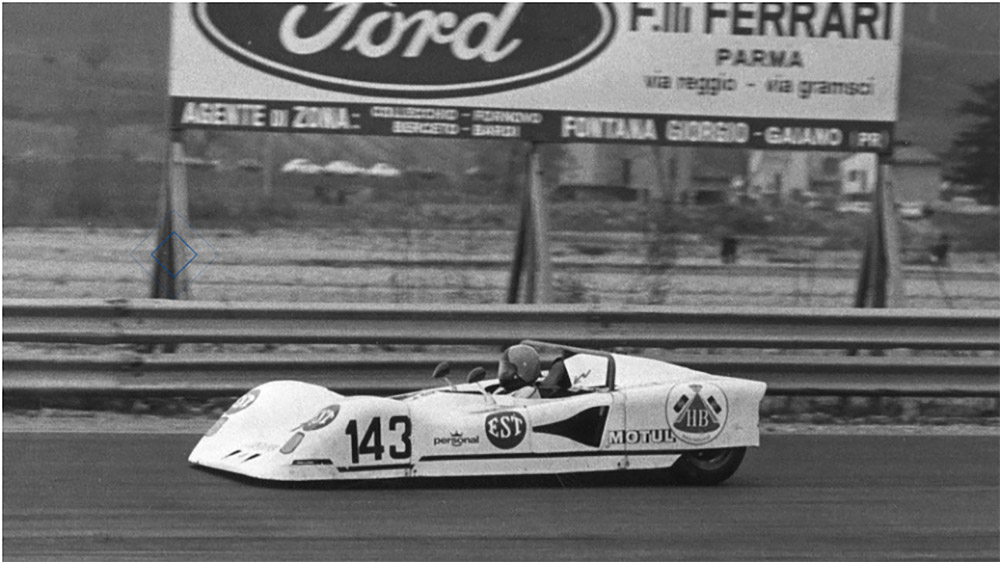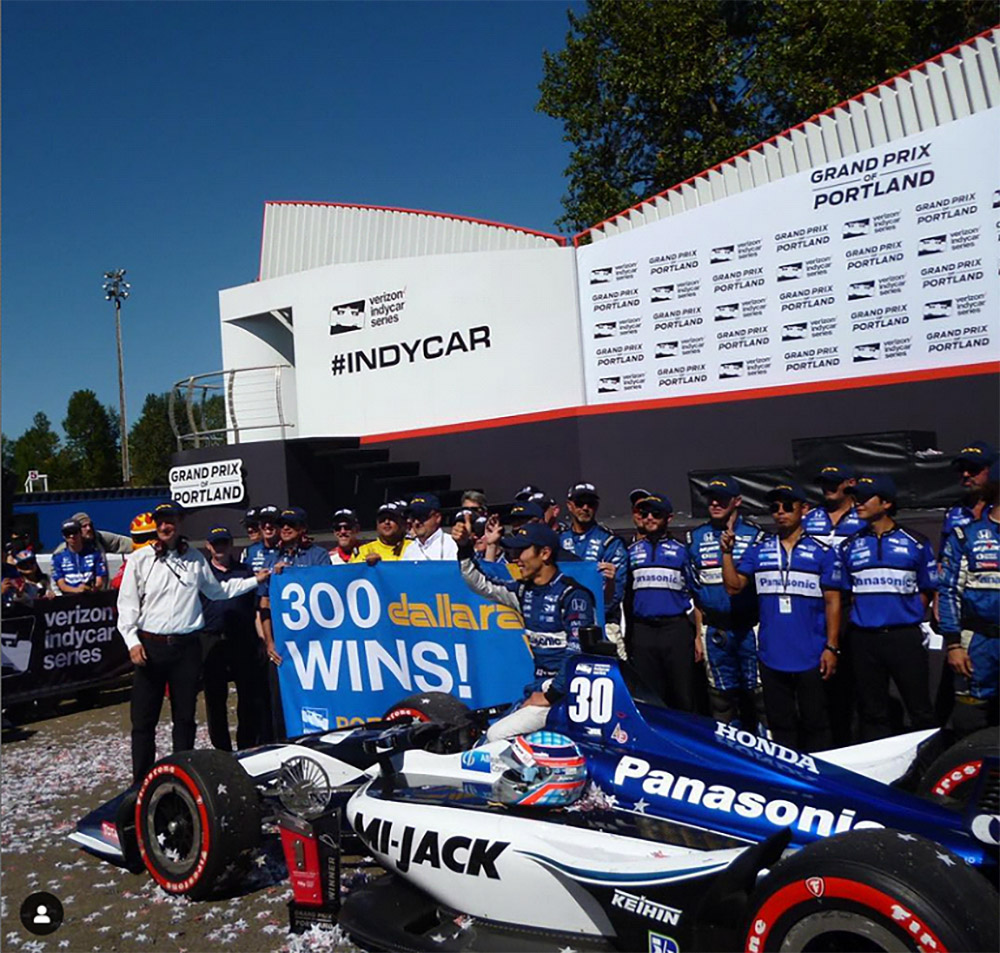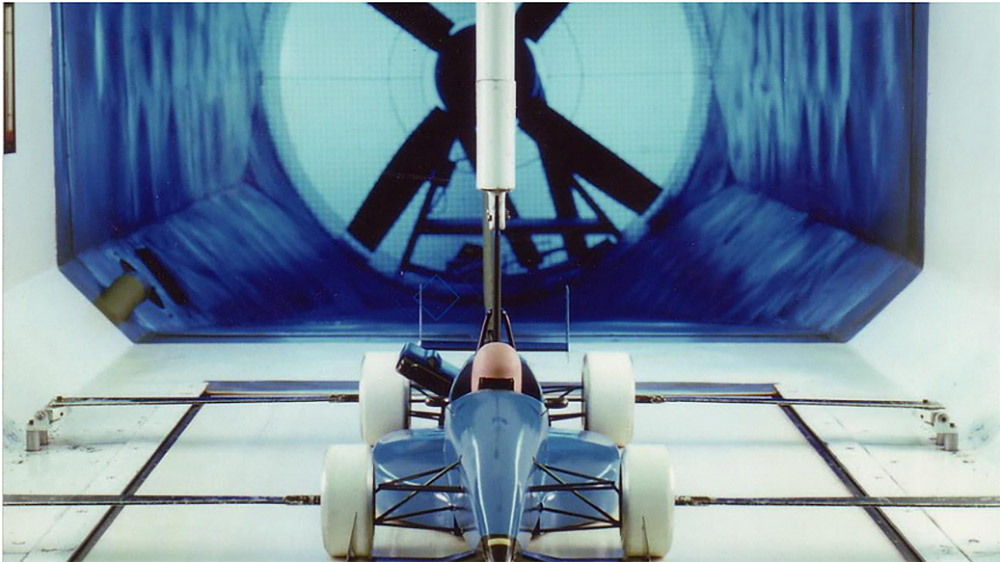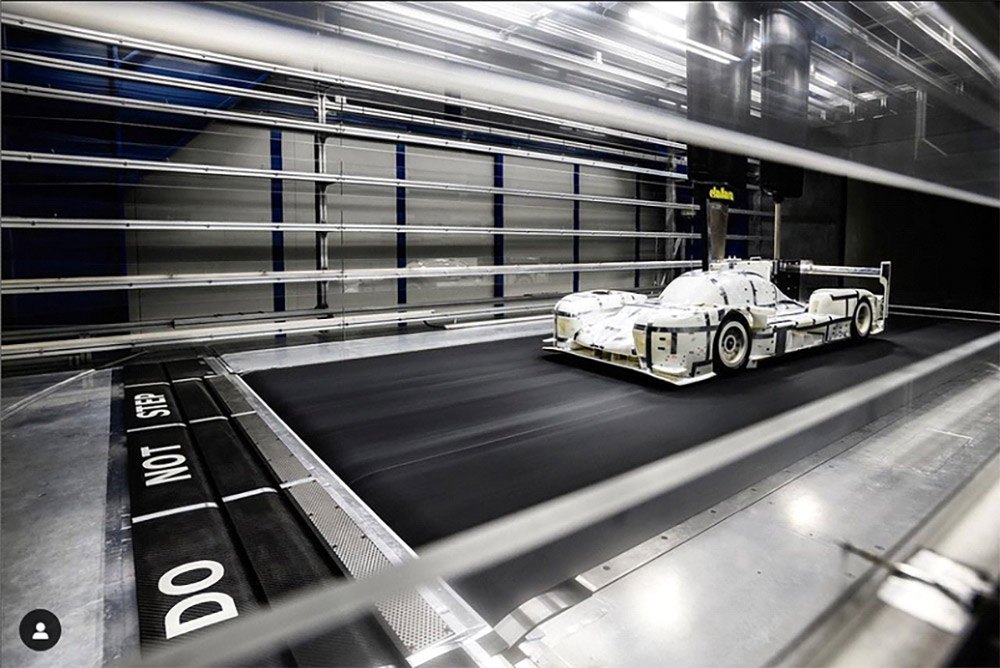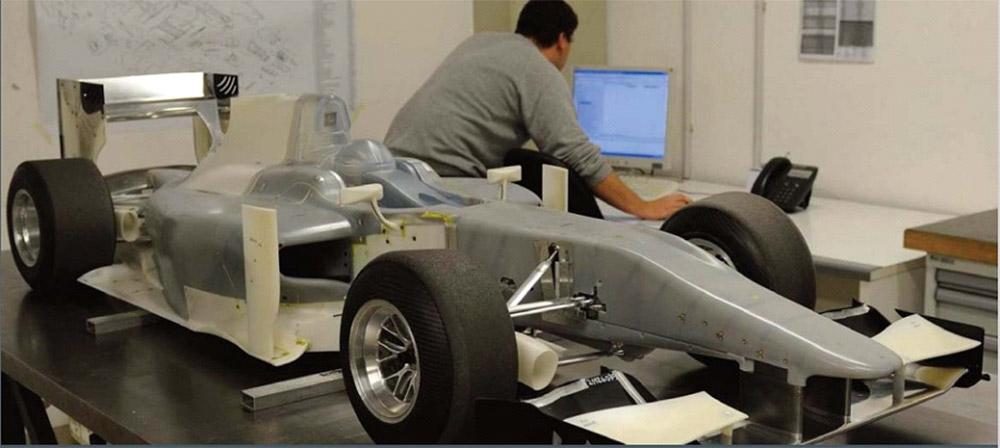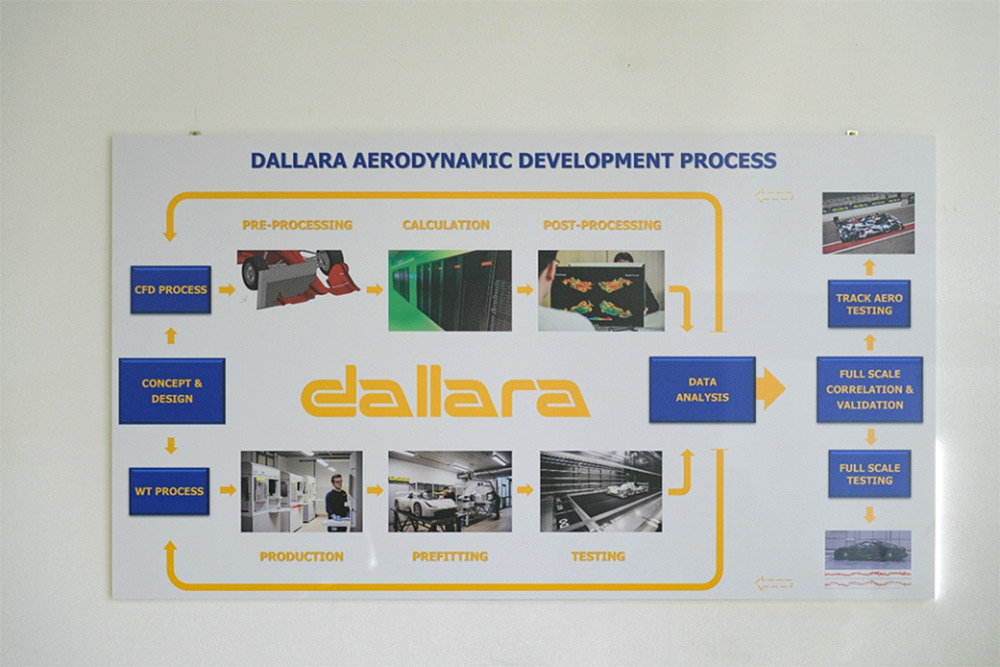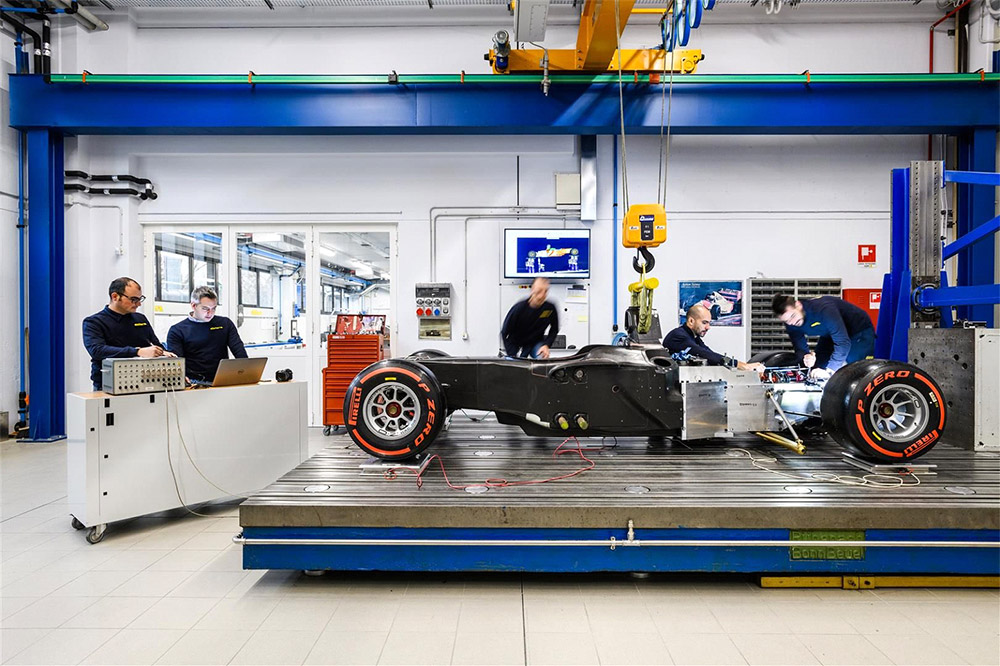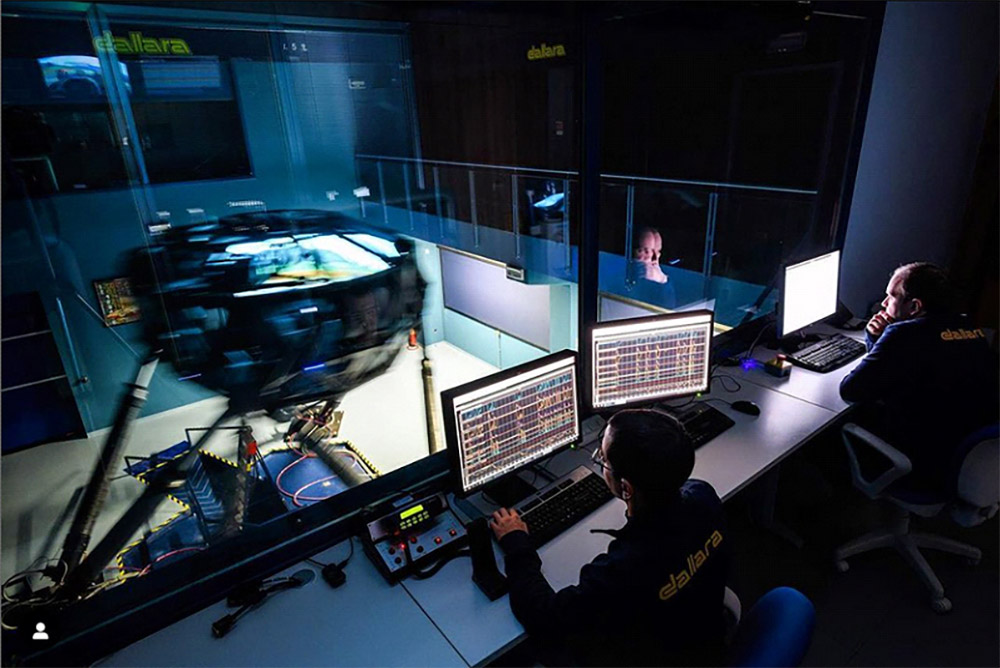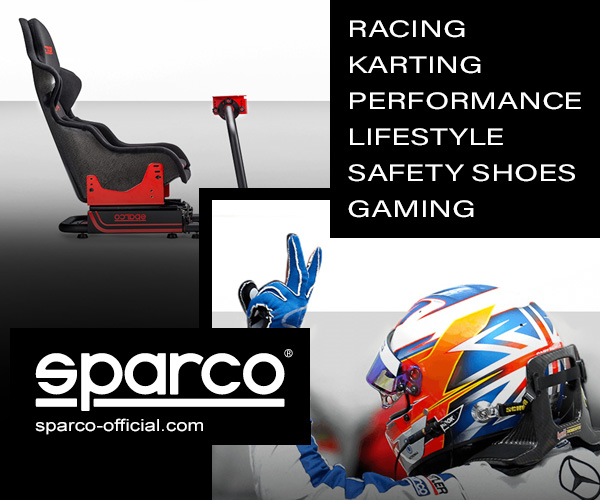“The best thing to sell cars is a stopwatch saying that you’re faster than the other guy.”
– Giampaolo Dallara
Dallara is a force in modern motorsport but typically prefers to let its customers bask in the limelight. The company’s work is seen by millions and relied upon by the hundreds of drivers who put their safety in the hands of Dallara engineers. Dallara designs have won the Daytona 24 and 24 Hours of LeMans. A Dallara first won the Indy 500 in 1998 and has been IndyCar’s exclusive manufacturer since 2012. Dallara open-wheel cars have dominated Formula Three championships around the world for decades.
Recently, Speed Journal Principal Jeff Francis journeyed to Dallara’s headquarters near Parma, Italy. In the first of a three-part series, The Speed Journal goes back in time for a look at Dallara’s founding and history. The second part explores the Dallara Academy, a program that explains the science behind race car design and engineering. The third part samples the Dallara Stradale, the company’s road-going race car.
Dallara History
Founder and company namesake Giampaolo Dallara established his own company in 1972 working out of his family home and garage. Fifty years later, Dallara celebrated its fiftieth anniversary. The Dallara story is compelling and the company is more active than ever.
Dallara’s location is no accident. In addition to being Mr. Dallara’s home town, Parma is located in the Emilia-Romagna region. Known as Motor Valley, the region is Italy’s racing and automotive heartland. Dallara’s neighbors include Ferrari, Lamborghini, Maserati, Ducati, Pagani and dozens of specialty suppliers.
Racing is literally in the company’s DNA. Giampaolo Dallara started working with Ferrari as a very young engineering university graduate. The racing passion ignited early and he wanted to race. Unfortunately, only those with more experience at Ferrari went with the team for races. He left and joined Maserati’s racing team (made up of only five people) and got his wish to go racing. A fifth place finish at the 1962 Sebring 12 hours in a Cooper Monaco-Maserati T57 driven by Bruce McLaren and Roger Penske was a notable highlight.
When Maserati ran into financial problems and stopped racing, Dallara went to Lamborghini because Ferruccio Lamborghini wanted to race. Dallara played key engineering roles for the iconic Espada and Miura. Ironically, the success likely took Ferrucio Lamborghini’s attention away from racing.
Dallara left Lamborghini for de Tomaso and was finally able to design a Formula One car. Frank Williams raced a Dallara-designed de Tomaso 505/38 Formula One car in 1970. Fate intervened again when Ford bought a large stake in de Tomaso. Ford was already in open-wheel racing with Lotus, so they had no need for de Tomaso’s Formula One program.
With the de Tomaso chapter closing, Giampaolo Dallara started his own company. The first car to wear a Dallara badge was SP1000, an innovative, sleek sports racer. A project to design a Formula One car for Williams to contest the 1974 season followed a consulting engagement to work with Lancia on their Stratos road and race cars. In the years and decades to come, Dallara became a force in designing open-wheel racers. The company’s first Formula Three car emerged in 1978 – a product still made today after years of evolution and development. The open-wheel path led to Indianapolis in 1997 and Dallara has been the sole chassis supplier to Indycar for the last fifteen years.
Dallara’s motorsport credentials opened doors that grew the company. In addition to race car design that included cars like the Ferrari 333SP and Audi R8 LMP, road cars such as the Bugatti Chiron, Alfa Romeo 8C and Maserati MC20 are now part of Dallara’s portfolio.
A new hypercar project called 777 Motors was recently announced as a partnership with Andrea Levy, Dallara, and Gibson. Levy is an Italian entrepreneur and car collector. Engine-maker Gibson will provide the power. Dallara will design and engineer the single-seat track-focused hypercar. Only seven units will be made with delivery targeted for 2025 and each will carry a €7 million price tag. Without heavy financial considerations and road regulations, it will be interesting to see what Dallara will add to its substantial portfolio of work.
Three Lines of Business – Composites, Aerodynamics, Vehicle Dynamics
Dallara has three primary lines of business. First, Dallara draws on years of deep experience with composite materials in motorsport. A dedicated facility houses 150 technicians that are involved in everything from the design to materials to production process and even to repair. Dallara’s well known customers include Ferrari, Bugatti, Porsche, Maserati, and HAAS Formula One. Other customers remain publicly unknown due to confidentiality contracts. Dallara’s reach even extends into aerospace, including SpaceX. Dallara also designed and builds its own Stradale car – the only complete sportscar that bears a Dallara name. Another group within Dallara called the Dallara Advanced Composite Research Center focuses on researching resins, fibers and production technologies.
Second, over 100 engineers, designers, technicians and model-makers in Dallara’s aerodynamic department manage the mysteries of airflow. Dallara’s first wind tunnel, built in Mr. Dallara’s garage, was the only one in Italy at the time with a rolling road. Dallara built and has upgraded its wind tunnel since those days.
The current tunnel is a sophisticated piece of engineering itself, complete with advanced data measurement tools and software for data gathering and analysis. A giant fan creates wind and a moving belt beneath the car simulates a car traveling across the road surface.
A model shop builds complex scale models for the wind tunnel, typically at half-scale size. The most sophisticated models include sensors, working suspensions, and bespoke wheel designs. Depending on the design brief, the scale models can cost more than a full-scale production car. 3-D printers work twenty-four hours a day, seven days a week to translate computer designs into plastic or ceramic tangible parts for testing and development. The whole effort compresses development time and ensures that final products are optimized as much as possible. Individual rooms with secure entry ensure the confidentiality and separation of different projects, a necessary measure when Dallara serves different clients.
A key part of the process is correlation. Mathematical and computer models align to physical scale models and both relate to the real world. The process of validation and correlation is where the real value lies and that process uses the breadth of Dallara’s expertise and toolkit. The real world is what ultimately matters, whether on the race track or for a customer driving their car on the road.
Third, vehicle dynamics is the art and science of simulating a car’s performance. Dallara uses sophisticated tools to model how a car will behave with various suspension designs and settings, weight distribution, aerodynamics and tires. In many cases, the main objective is to refine a concept and shorten development time. In other cases, simulations are used to help a customer prepare for a race or event.
In addition to various rigs and test beds, the feature attraction is the sophisticated driving simulator. A giant pod supported in the middle of a large room with hydraulic legs is connected to a control room with an umbilical cord of wires. Dallara developed the simulator which is one of only three in the world. Another is housed in Dallara’s Indianapolis facility and Ferrari uses the third for its Formula One team. The back of the simulator pod opens to allow technicians to change the chassis for different projects. The simulator has housed Formula One tubs, Indycar tubs, sportscar chassis, road cars, and Dallara’s Stradale among others.
Next time you watch a race or slide behind the wheel of a race car or drive a high-performance road car, remember that you might be connecting with Dallara racing DNA that comes from Mr. Dallara and the Dallara team in Parma.
The Speed Journal would like to thank Dallara and the Dallara team for their time and hospitality.





